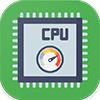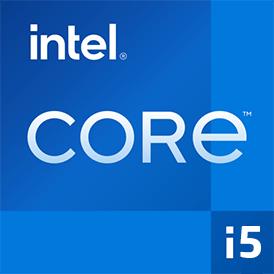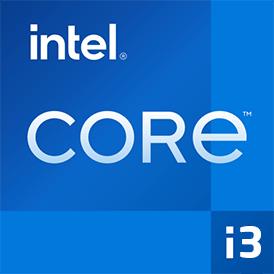 Estimated results for PassMark CPU Mark
Estimated results for PassMark CPU Mark
|
|
Intel Core i5-7500
4C 4T @ 3.4 GHz
|
6028
|
|
|
Intel Core i3-540
2C 4T @ 3.06 GHz
|
1516
|
 Geekbench 6 (Multi-Core)
Geekbench 6 (Multi-Core)
|
|
Intel Core i5-7500
4C 4T @ 3.4 GHz
|
3685
|
|
|
Intel Core i3-540
2C 4T @ 3.06 GHz
|
952
|
 Geekbench 5, 64bit (Multi-Core)
Geekbench 5, 64bit (Multi-Core)
|
|
Intel Core i5-7500
4C 4T @ 3.4 GHz
|
3091
|
|
|
Intel Core i3-540
2C 4T @ 3.06 GHz
|
1141
|
 CPU-Z Benchmark 17 (Multi-Core)
CPU-Z Benchmark 17 (Multi-Core)
|
|
Intel Core i5-7500
4C 4T @ 3.4 GHz
|
1580
|
|
|
Intel Core i3-540
2C 4T @ 3.06 GHz
|
685
|
 Geekbench 6 (Single-Core)
Geekbench 6 (Single-Core)
|
|
Intel Core i5-7500
4C 4T @ 3.4 GHz
|
1260
|
|
|
Intel Core i3-540
2C 4T @ 3.06 GHz
|
470
|
 Geekbench 5, 64bit (Single-Core)
Geekbench 5, 64bit (Single-Core)
|
|
Intel Core i5-7500
4C 4T @ 3.4 GHz
|
961
|
|
|
Intel Core i3-540
2C 4T @ 3.06 GHz
|
478
|
 iGPU - FP32 Performance (Single-precision GFLOPS)
iGPU - FP32 Performance (Single-precision GFLOPS)
|
|
Intel Core i5-7500
4C 4T @ 3.4 GHz
|
422
|
|
|
Intel Core i3-540
2C 4T @ 3.06 GHz
|
35
|

